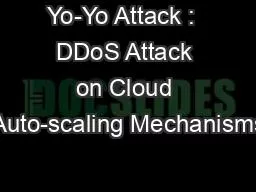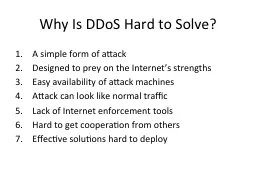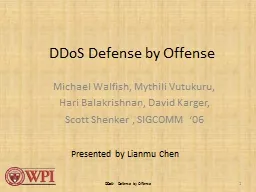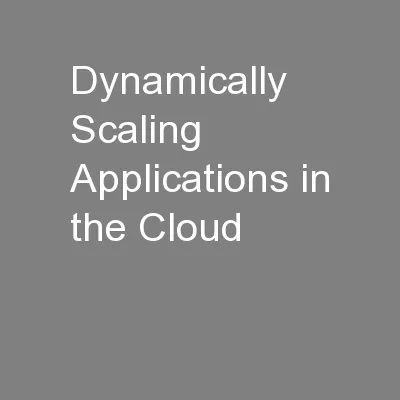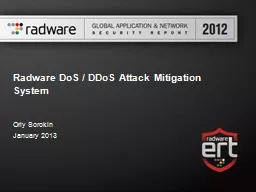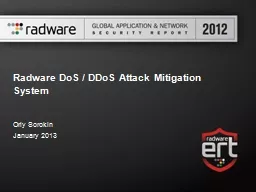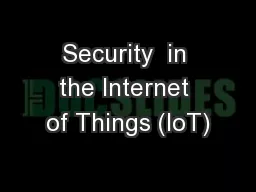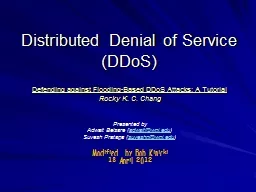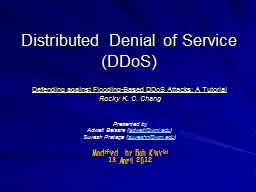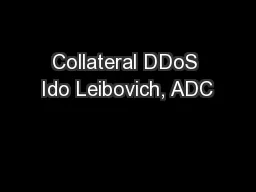PPT-Yo-Yo Attack : DDoS Attack on Cloud Auto-scaling Mechanisms
Author : crashwillow | Published Date : 2020-06-25
Supported by ERC starting grant IEEE INFOCOM 2017 Atlanta GA USA Mor Sides Anat Bremler Barr Eli Brosh Interdisciplinary Center Herzliya Israel Distributed
Presentation Embed Code
Download Presentation
Download Presentation The PPT/PDF document "Yo-Yo Attack : DDoS Attack on Cloud Aut..." is the property of its rightful owner. Permission is granted to download and print the materials on this website for personal, non-commercial use only, and to display it on your personal computer provided you do not modify the materials and that you retain all copyright notices contained in the materials. By downloading content from our website, you accept the terms of this agreement.
Yo-Yo Attack : DDoS Attack on Cloud Auto-scaling Mechanisms: Transcript
Download Rules Of Document
"Yo-Yo Attack : DDoS Attack on Cloud Auto-scaling Mechanisms"The content belongs to its owner. You may download and print it for personal use, without modification, and keep all copyright notices. By downloading, you agree to these terms.
Related Documents

